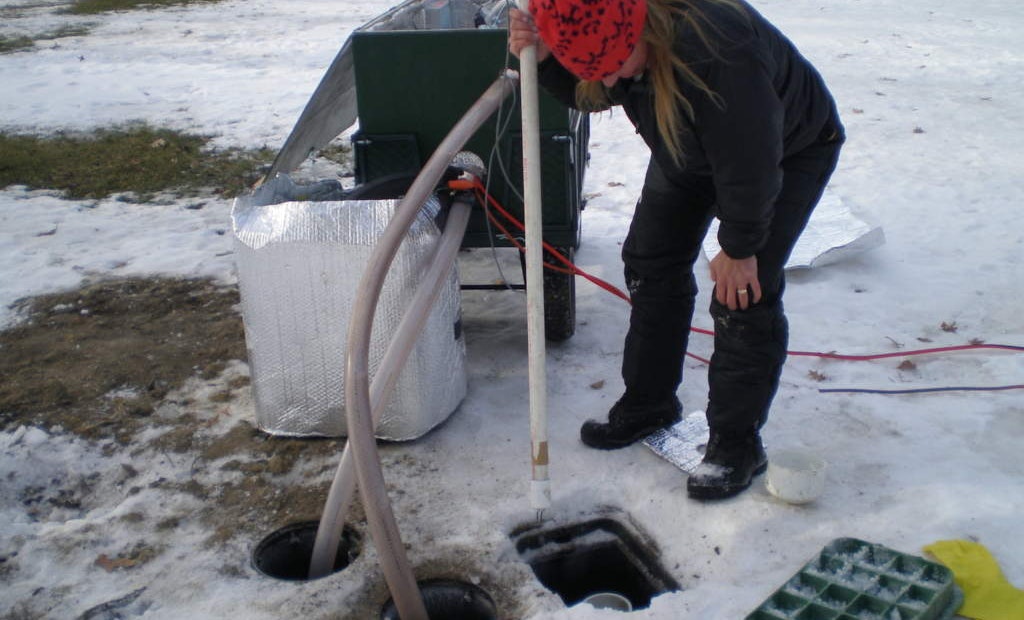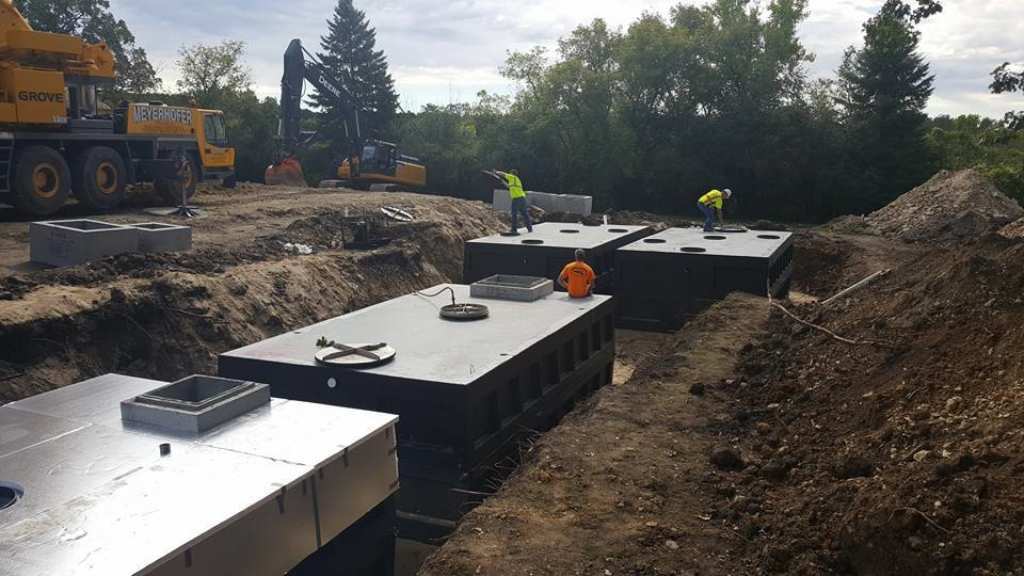Interested in Onsite Systems?
Get Onsite Systems articles, news and videos right in your inbox! Sign up now.
Onsite Systems + Get AlertsAs all septic system professionals know, the purpose of the septic tank is to provide an environment for the first stage of treatment in onsite and decentralized wastewater systems by promoting physical settling, flotation and the anaerobic digestion of sewage. Additionally, the tank allows storage of both digested and undigested solids until they are removed.
So as homes are using less water, what is occurring in the septic tank?
The last comprehensive study of wastewater influent and septic tank effluent characteristics was published in 2009. This field study included quarterly monitoring (fall, winter, spring and summer) at 17 sites from three regions (Colorado, Florida and Minnesota) comprising 24-hour flow weighted composite samples.
The study evaluated conventional constituents, microbial constituents and organic chemicals. In addition, daily and weekly variability within the raw wastewater and septic tank effluent were monitored. Households monitored during this project had septic systems that were less than 20 years old (most were less than 10) with concrete septic tanks serving households with two to six occupants ranging in age from small children to seniors (one site served an eight-unit apartment building with 18 occupants).
The settling process requires time to occur, so the tank must be large enough to retain the wastewater in a turbulence-free environment. Across these 17 sites, the actual (versus design) detention time of effluent varied dramatically from four to 24 days. Detention time is a function of the effective volume and the rate of flow into the tank. There were no effluent filters or screens on any of the septic tank outlets. All sites were on private wells.
Septic tank solids include both biodegradable and nonbiodegradable materials; although many of the solids will decompose, some solids will accumulate in the tank. Anaerobic and facultative biological processes in the oxygen-deficient environment of the tank provide partial digestion of some of the wastewater components.
These processes are slow, incomplete and odor producing. Gases (hydrogen sulfide, methane, carbon dioxide and others) result from the anaerobic digestion in the tank. The gases accumulate in bubbles in the sludge that, as they rise, may re-suspend settled solids. This may elevate the total suspended solids concentration in the clear zone and ultimately send more suspended solids to downstream system components. This scenario often results when active digestion occurs during warm temperatures.
Top results of the study:
- The median indoor water use was 45.2 gallons per day per capita.
- Alkalinity increases in a septic tank, possibly due to concrete leach and conversion of organic nitrogen to ammonium nitrogen.
- The amount of TSS in raw wastewater had a lot of variability, while the septic tank effluent TSS variability was low with a median concentration of 61 mg/L, showing septic tanks do a good job at reduction.
- Biochemical oxygen demand (BOD5) in both raw and septic tank effluent is increasing with median values of 420 and 216 mg/L, respectively, with a 49% removal.
- Nitrogen and phosphorous do not significantly decrease in a septic tank with a median concentration of 60 and 9.8 mg/L.
- Oil and grease median values went from 51 to 21 mg/L.
See www.ndwrcdp.org/documents/04-dec-1/04dec01web.pdf for the full report.
As flows continue to decrease due to remodels and new home construction, water usage on average will continue to decrease while concentration of some contaminants will rise.
About the author: Sara Heger, Ph.D., is an engineer, researcher and instructor in the Onsite Sewage Treatment Program in the Water Resources Center at the University of Minnesota. She presents at many local and national training events regarding the design, installation, and management of septic systems and related research. Heger is education chair of the Minnesota Onsite Wastewater Association and the National Onsite Wastewater Recycling Association, and she serves on the NSF International Committee on Wastewater Treatment Systems. Ask Heger questions about septic system maintenance and operation by sending an email to kim.peterson@colepublishing.com.







